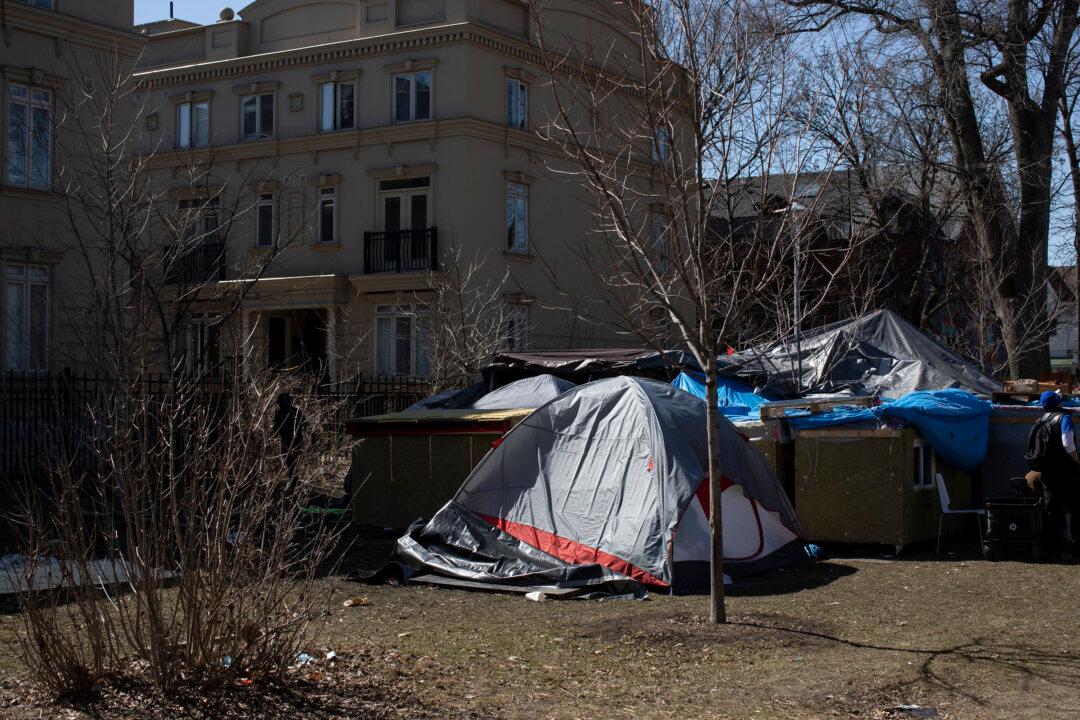Poverty in Canada is not connected to race, and government programs aimed at solving race-based poverty are failing, a new study shows.
The Aristotle Foundation’s study, Poverty and Race in Canada: Facts about Race, Discrimination, and the Poor, found that 64 percent of Canadians considered low-income are neither from a visible minority nor indigenous.





